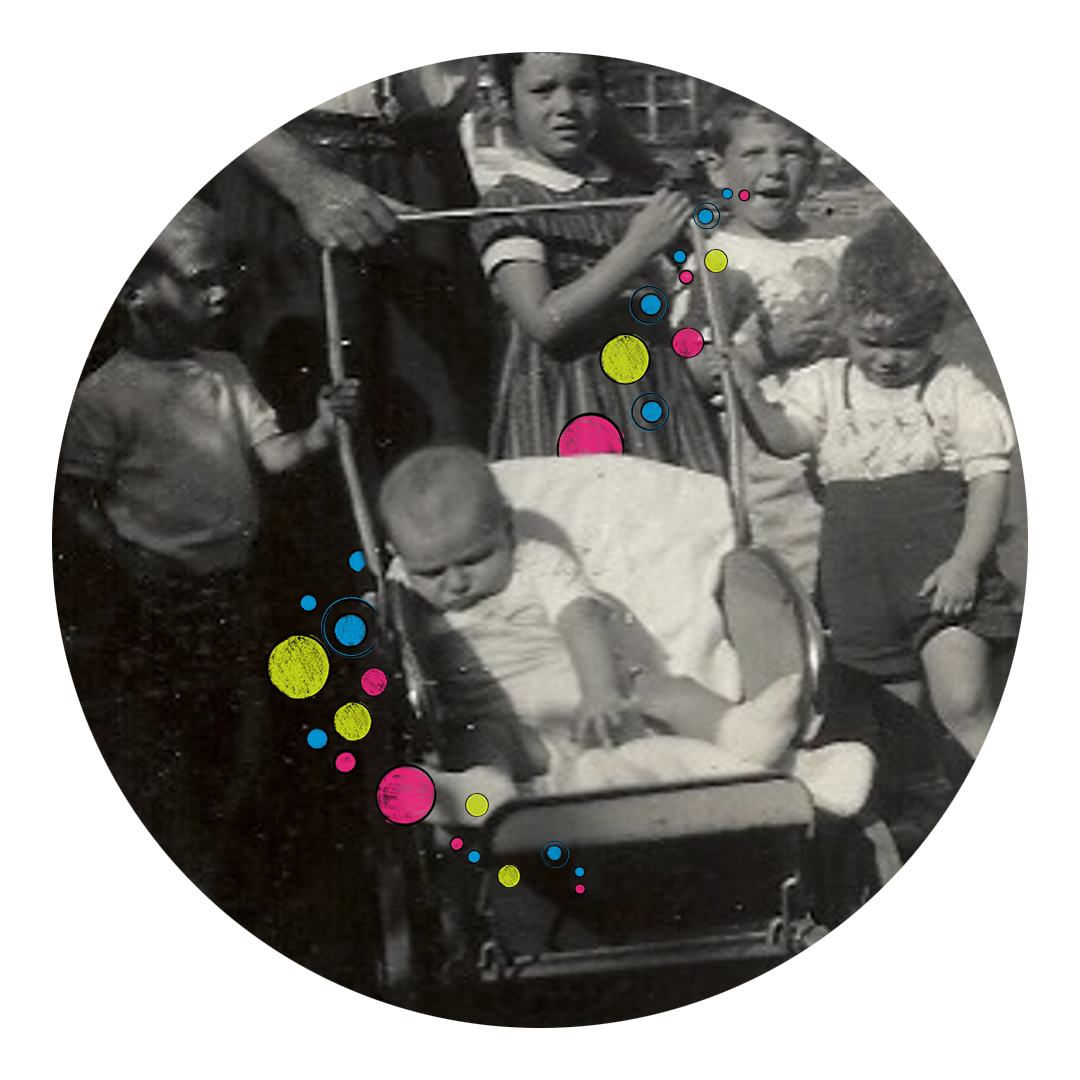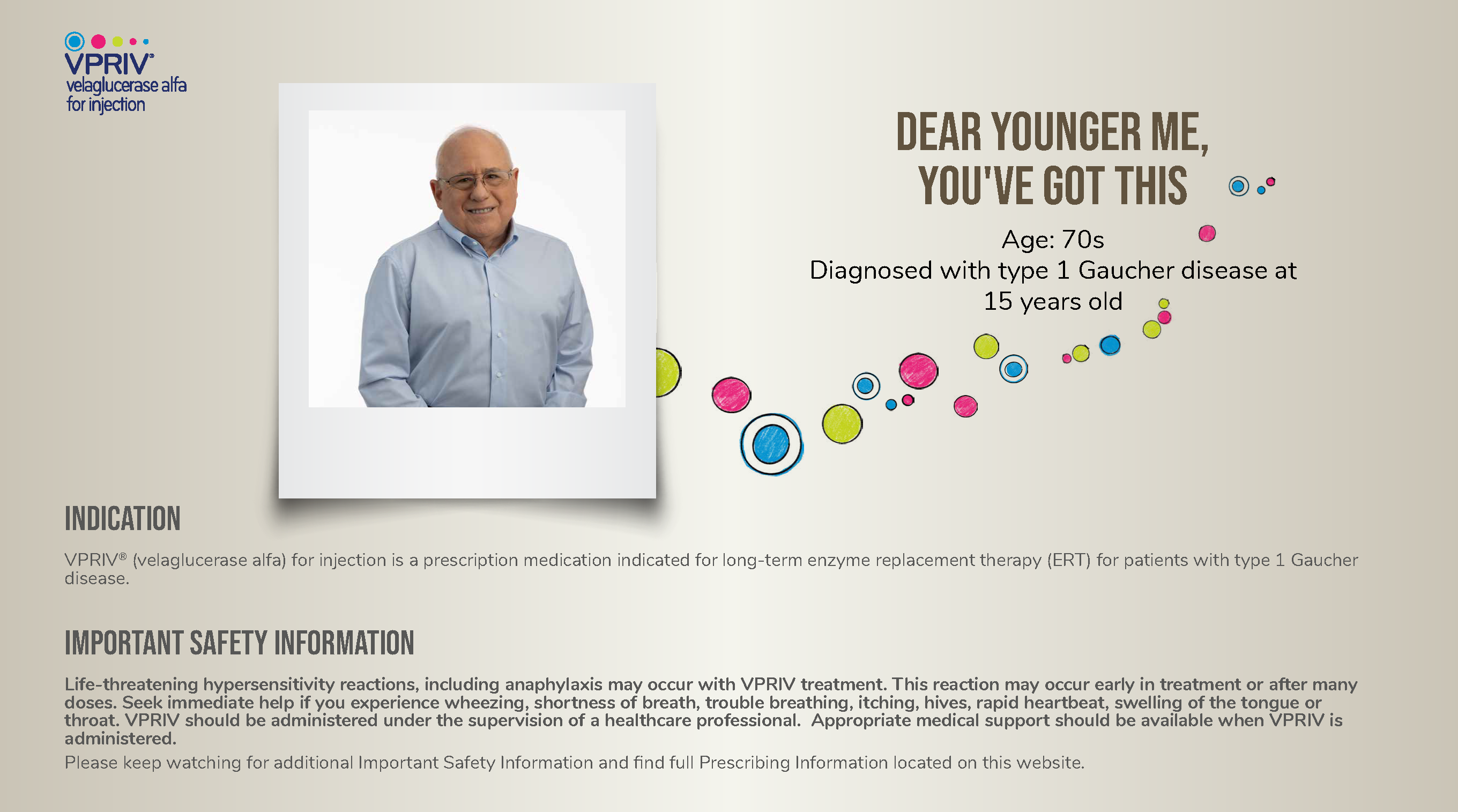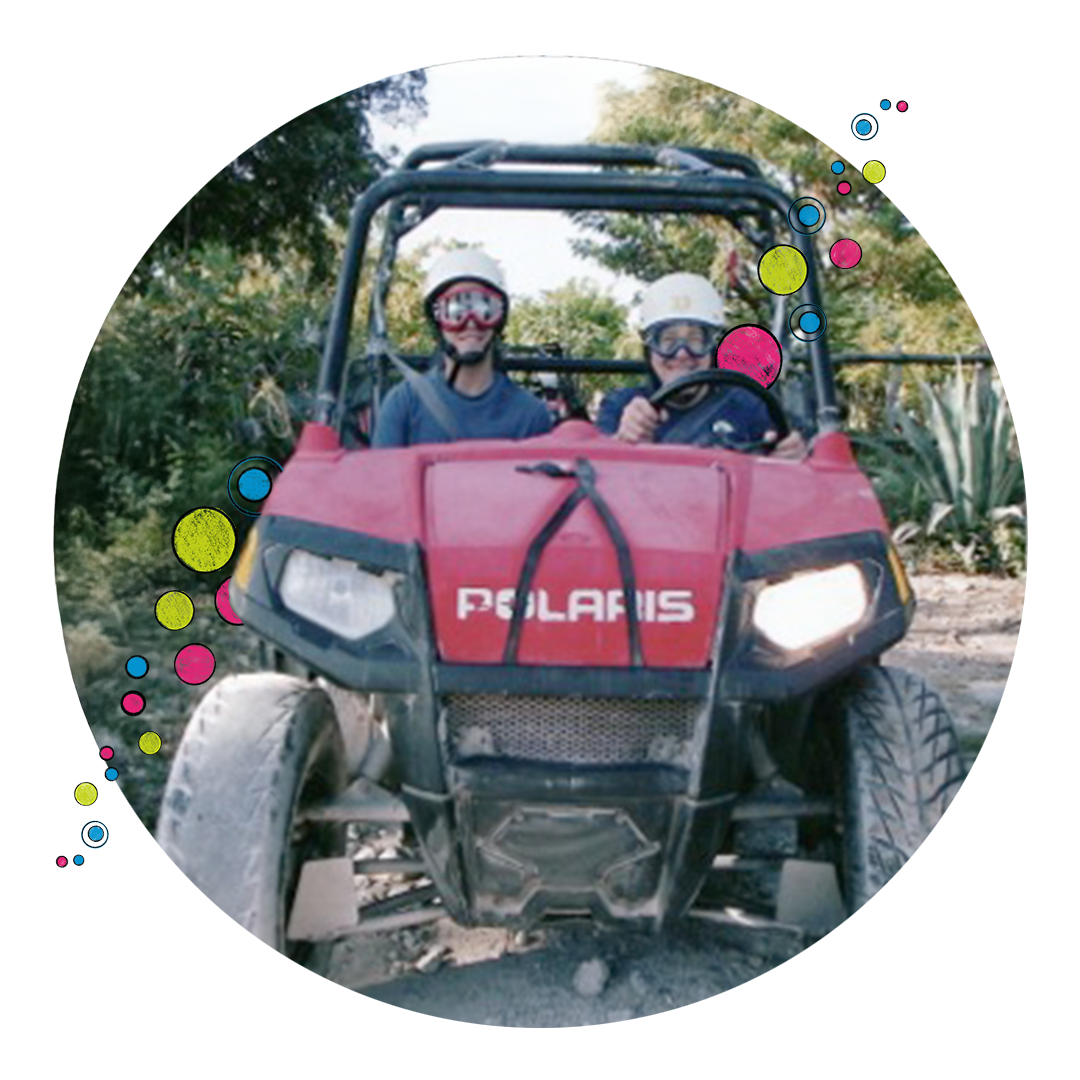Wayne’s story
AGE: 70s
Age at Diagnosis: 15
Location: Massachusetts, US
From unexplained childhood symptoms to navigating treatment options as an adult, Wayne’s story highlights the importance of perseverance and empowerment for those with type 1 Gaucher disease (GD1). Today, Wayne balances his condition with his active personal and professional life, as well as advocacy for the Gaucher disease community.


A Childhood of Uncertainty
“I felt really out on my own. Like many people with type 1 Gaucher, I endured the fear and frustration of not knowing what was wrong with me year after year.”
From an early age, Wayne faced unexplained health challenges: frequent nosebleeds, persistent fatigue, easy bruising, and an enlarged spleen. At the time, little was known about GD1, leaving Wayne and his family feeling isolated and uncertain.
At ten years old, a sudden and severe pain in his right thigh led to hospitalization and speculation about serious conditions, including leukemia. After weeks of uncertainty, his symptoms improved, and he was diagnosed with osteomyelitis. However, similar painful episodes returned throughout his teenage years. Eventually, in high school, a hematologist diagnosed him with GD1.
With a name for his condition, Wayne and his family finally had a clearer path forward. They delved into learning more about the disease and its genetic origins. Discovering that GD1 was likely linked to their Ashkenazi Jewish heritage came as a shock, and caused Wayne’s parents some feelings of guilt. However, their growing knowledge also brought clarity, explaining many of Wayne’s past experiences and empowering his family to develop a proactive plan for monitoring and managing his symptoms.
Pushing Through Adversity
“During high school, I was walking with crutches full time, but I was managing okay. I put my efforts into things I could control. I made lots of friends and had a healthy curiosity about a lot of interests, especially science.”
Despite his diagnosis, treatment options were limited, and Wayne focused on moving forward with life. High school and college presented significant mobility challenges, forcing him to rely on crutches. However, he remained determined, pursuing his education and friendships while working toward a career in psychology.
watch Love, Me Video

During graduate school, Wayne’s health took a serious turn when his spleen enlarged to a dangerous size, requiring an urgent splenectomy. During his recovery, a researcher requested to use his spleen for Gaucher disease research. This eye-opening moment inspired Wayne to contribute to the understanding of his condition and help others.
As Wayne built his career and family, medical advancements brought new hope. At a National Gaucher Foundation meeting, he learned about enzyme replacement therapy (ERT). Excited by the possibilities, he eagerly followed developments.
However, life threw another challenge his way. Wayne was diagnosed with aggressive soft tissue cancer in his leg. Determined to prioritize his family’s future, he made the difficult decision to undergo amputation to improve his chances of recovery. Through it all, Wayne remained committed to his role as a husband, father, and professional, leaning on his medical team and loved ones for support.

Discovering and Adapting to Treatment
“My treatment is just a part of my routine. No matter what life throws at me, I'm determined to keep up with my treatments.”
In 1993, Wayne began ERT at an infusion center. He and his doctor were pleased to see his symptoms improve. However, in 2009, an access issue led to a two-month gap in treatment. Although this may not happen to all patients coming off therapy, during this gap Wayne’s nosebleeds returned, and his liver function tests worsened. This experience prompted a switch to VPRIV after a discussion with his doctor.
On September 28, 2009, Wayne received his first infusion of VPRIV as part of a clinical trial. Before starting treatment, Wayne and his doctor discussed potential side effects in detail. With this knowledge, he was able to make an informed choice and was prepared to report any side effects that he found bothersome or did not go away.
Since he restarted treatment, his platelet and liver symptoms have stabilized, and he has not missed an infusion. Initially, he received infusions at an infusion center. Over time, he transitioned to home infusions, which take about two hours and have become a manageable part of his routine. With medications delivered to his home and a nurse assisting with the infusion process, Wayne enjoys greater flexibility in home infusions.
Embracing Every Moment
“My advice to new patients would be to relax and know that you can do this. Always be your own patient advocate and learn as much as you can. Take your disease into your own hands and stay determined to effect positive change. Our lives belong to us, not to a disease.”
Today, Wayne continues managing his GD1 with the support of his care team and VPRIV infusions. Home infusions have provided him with the flexibility to manage his treatment and life schedule, even during significant changes like moving from Connecticut to Florida and navigating the challenges of the COVID-19 pandemic. He works closely with his Takeda Patient Support Manager to help ensure treatment access and stays proactive in his healthcare management.
Beyond his medical journey, Wayne is deeply involved in the Gaucher disease community. He shares his story at conferences, connects with others through social media, and encourages patients to become informed and proactive in their care.

Reflecting on his life, Wayne views his experiences as both challenging and rewarding. He has contributed to his community through disaster response work, supported his family, and found fulfillment in his career. Despite the obstacles posed by GD1, he remains firm in his belief that life is what you make of it. His message to others living with the condition is clear: take control, stay informed, and never lose sight of what truly matters.
 Back to Intro Page
Back to Intro Page




